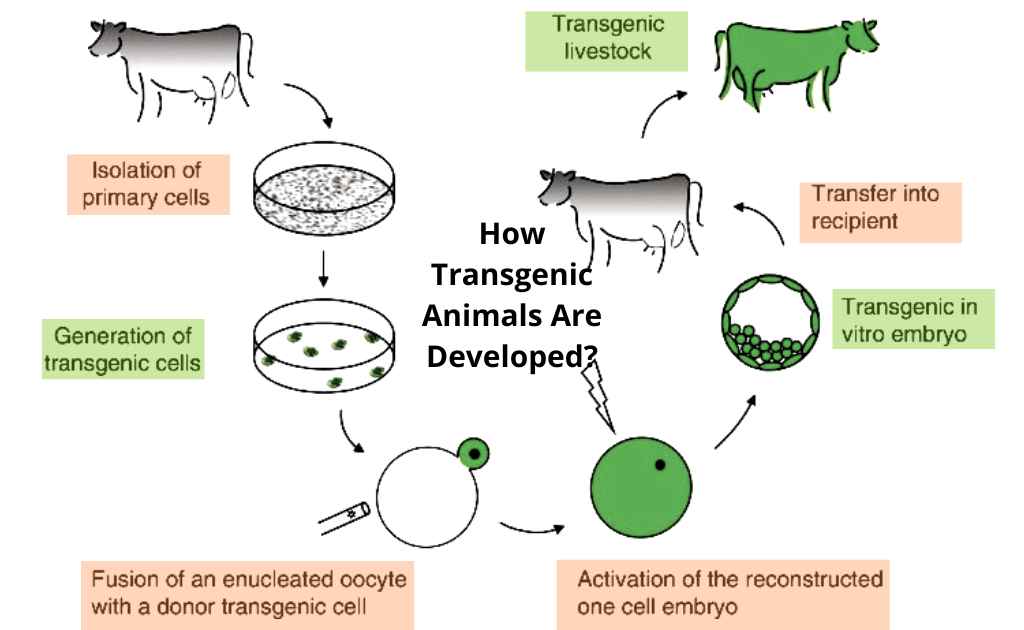What is Gene Therapy?-Definition, Types, and Mechanism
The insertion of genetic material into human cells for the treatment of a disorder is called gene therapy. Gene therapy involves modifying genes within cells using genetic engineering techniques. The goal is to treat diseases or conditions caused by faulty genes.
Gene therapy has been around since the 1980s, but only recently has it become mainstream. In recent years, researchers have developed new ways to deliver DNA into cells, allowing them to target specific genes. This allows us to alter our bodies at the molecular level.
Purposes of Gene therapy
Gene therapy is used for two purposes:
(i) Defective genes of the patients are replaced by healthy genes.
(ii) The genes are used to treat various other human diseases like cancer and cardiovascular diseases.
Types of Gene Therapy
Two main methods are used for gene therapy i.e. Ex-vivo and in vivo.

(A) Ex Vivo Gene Therapy
The gene therapy in which genes are inserted into the cell outside the body is called Ex Vivo gene therapy. Following diseases are treated by this method.
1. Treatment of SCID
The severe combined immunodeficiency syndrome (SCID) is treated by Ex Vivo gen therapy. Children lack enzyme adenosine delaminate (ADA) in this disease. This enzyme matures T and B cells. Thus T and B cells cannot mature without this enzyme.
Therefore, life-threatening infections occur in these children. It has the following procedure:
- Bone marrow stem cells are removed. The bone marrow stem cells are divided to produce more cells.
- cells are infected with a retrovirus (RNA virus). The retrovirus carries a normal gene for the enzyme. They insert normal genes into these cells.
- The bone marrow cells are returned to the patient. It increases the level of ADA enzyme activity in the blood. Thus the patient feels an improvement in their immune function.
2. Treatment Of Hypercholesterolemia
It is also treated by Ex-Vivo gene therapy. Liver cells lack a receptor in hypercholesterolemia. This receptor is used for removing cholesterol from the blood Thus blood develops high cholesterol levels. It causes fatal heart attacks at a young age Following procedure is adapted to treat this disease:
A small portion of the liver is surgically removed.
(ii) is infected with a retrovirus. This virus contains a normal gene for the receptor. Blood cholesterol levels decrease in several patients.
(B) In Vivo Gene Therapy
The gene therapy in which genes are inserted into the cells within the body is called in vivo gene therapy.
1. Treatment of Cystic fibrosis
The patients lack a gene in this disease. That gene codes for the trans-membrane carrier. The carrier transfers chloride ion. This disease causes numerous infections of the respiratory tract. In vivo method is used to treat this disease. There are the following steps in this method:
i) Lipoproteins are put into a solution. Liposomes are spontaneously formed. The liposomes are microscopic vesicles.
(ii) The liposomes are coated with the gene for curing cystic fibrosis.
(iii) The solution is sprayed into the patient’s nostrils. There is limited gene transfer in this case. So this procedure is not successful.






Leave a Reply